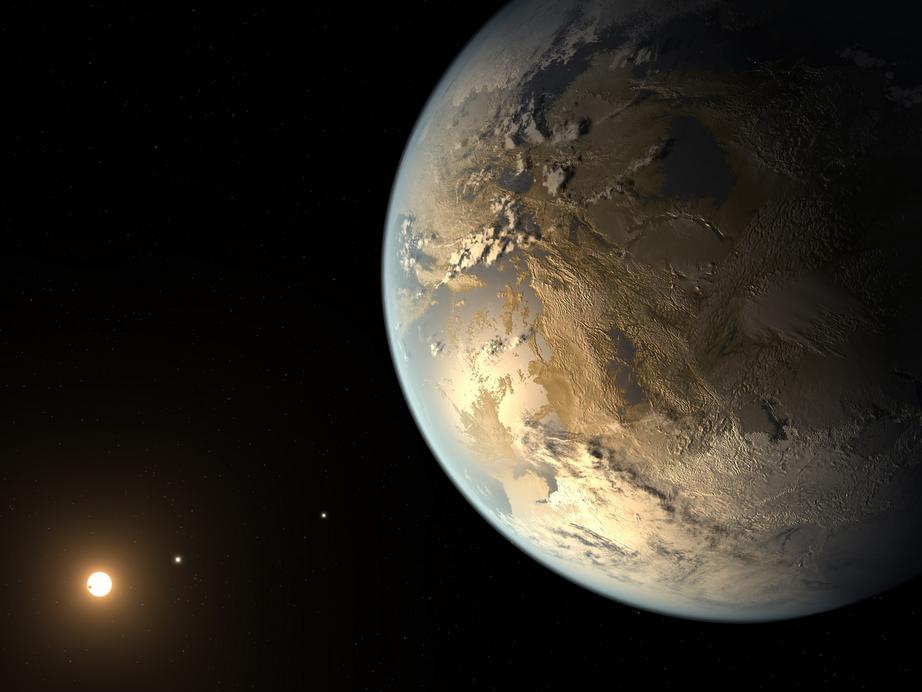Our view of the cosmos is about to get a tremendous upgrade
In Brief
Nasa's Kepler Telescope has confirmed 3486 exoplanets, 361 of which it considers terrestrial: how are scientists responding to the question of how to detect life on these promising but distant worlds?
Worlds Similar to Earth are Everywhere

On the 20th of April, it was announced that the study of exoplanets and extra-terrestrial life had taken a huge leap forward. Worlds similar to Earth, with high likelihoods of surface water, are far more common than we had previously thought and so we are now questioning how to find life on them. Olivier Guyon, of the University of Arizona, announced at the Breakthrough Discuss Conference that “As far as we can tell, they’re everywhere. We’re transitioning into life-finding. We have a lot of work ahead of us.”
While water dampening a surface is not necessarily indicative of the planet being either hospitable or inhabited, NASA has so far discovered, and plans to study, 361 exoplanets that are considered Earth-like.
What tools are we using to ascertain if exoplanets have life on them?
There are three main technologies in our current space toolbox that will help us to detect life, all set to launch in the near future:
The Breakthrough Starshot project aims to launch a spaceship the size of a postage stamp to Alpha Centauri, Earth’s nearest star system, within the next two decades. The miniature spaceship will reach Proxima-b 20 years from its launch date and will be equipped with cameras, thrusters, navigational tools and communications equipment — as well as a light sail to help it achieve the speed required to travel space’s vast distances.
The James Webb Space Telescope (JWST), a collaboration between NASA, the European Space Agency (ESA), and the Canadian Space Agency (CSA), is capable of unprecedented resolution and sensitivity in recording various wavelengths. Among many other features, it will have a segmented 6.5-meter-diameter mirror which is massive compared to the Hubble Space Telescope’s 2.4-meter mirror. It is scheduled for launch in October 2018.

The Transiting Exoplanet Survey Satellite (Tess), will monitor over 200,000 stars simultaneously, looking for temporary drops in brightness caused by planetary transits. No current earth-bound transit survey is capable of performing this task. This satellite will embark no later than June 2018.
These tools may be the proverbial thread that unravels the wool ball of other life other in the Universe. Caltech’s Courtney Dressing said at the Breakthrough Discuss Forum “I think there’s a good chance that a planet that has life on it orbits one of the nearby M dwarfs we’ve already heard about today” referring to Proxima-b, TRAPPIST-1, and LHS 1140.
References:
National Geographic News
The Breakthrough Starship Project
James Webb Space Telescope
Transiting Exoplanet Survey Satellite

